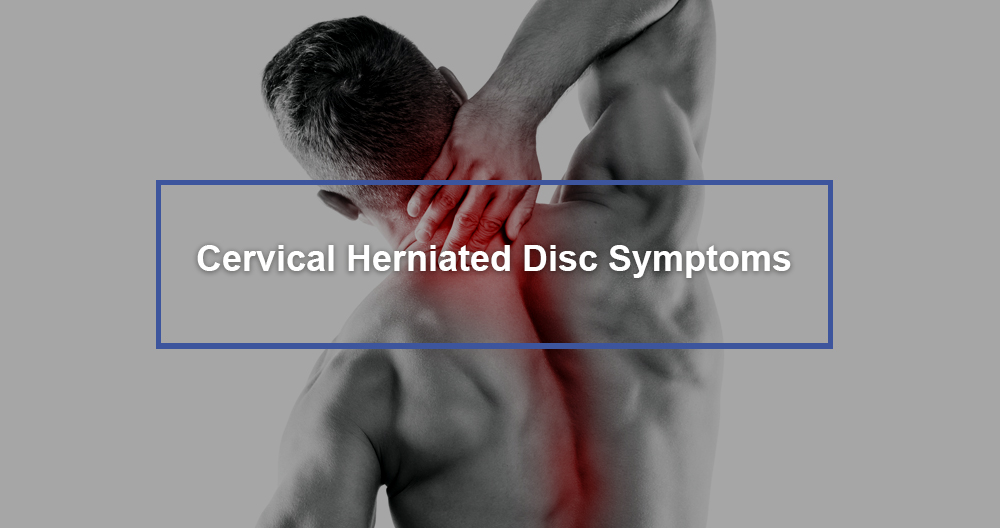The Science and Comfort of Pain Management: Integrating Scientific Knowledge with Comfort Techniques
Pain is a universal experience that can greatly impact our daily lives and overall health. Yet, suffering management is an art that combines the science of comprehending pain with the comfort of finding efficient relief. Whether you are facing acute pain from an injury or the ongoing challenges of long-term pain, knowing the appropriate treatment alternatives available can make a significant difference in your quality of life.
In this comprehensive guide, we will examine the intricacies of pain management, examining the various types of pain and how they can be successfully managed. From specialized pain management clinics to innovative therapies and holistic approaches, we will investigate how these resources can help patients regain control over their suffering. Understanding the science behind why we feel pain is essential, as it lays the groundwork for exploring a range of treatments, from rehabilitation and chiropractic care to alternative methods like acupuncture and mindfulness. Join us on this journey to discover the many aspects of pain control and learn how to navigate this complex landscape in search of comfort and ease.
Grasping Pain Management
Pain management is a multifaceted approach crafted to relieve the sensation of pain while addressing its fundamental causes. It encompasses a multitude of techniques and interventions aimed at boosting the standard of living for people dealing with both acute and persistent pain. By using a mix of healthcare interventions, physical therapies, and daily modifications, pain management services aim to provide relief and restore functionality to those affected.
Acute pain typically manifests from distinct injuries or health conditions and is often brief, retaliating well to rapid treatment methods. In Look At This , ongoing pain persists over time, regularly requiring additional extensive, continuous management plans. Grasping the distinctions between these two types of discomfort is critical for developing personalized treatment plans that successfully meet patient requirements, which can include from drugs to more holistic approaches.
Pain control clinics play a critical role in delivering specialized care to individuals experiencing various pain conditions. These clinics use a collaborative approach, including physicians, physical therapists, psychologists, and other specialists to create an cohesive treatment plan. By tackling both the bodily and psychological aspects of pain, these clinics help patients recover control over their lives and enhance their overall quality of life, fostering a stronger sense of self-actualization in their pain management pathway.
Efficient Discomfort Alleviation Methods
Managing pain efficiently needs a multifaceted approach adapted to the individual’s needs and the nature of their pain. Considered acute and chronic pain can substantially influence daily life, rendering it essential to explore diverse strategies that cover medical, physical, and holistic therapies. Grasping the underlying causes of pain helps direct the choice of suitable treatment options, enabling patients to recover control over their lives.
Physiotherapy is a pillar of pain management for many patients, particularly those experiencing from chronic pain conditions. Through focused exercises and tailored techniques, physical therapists can support patients enhance their strength, flexibility, and overall function. Additionally, they teach individuals on correct body mechanics and provide counsel on how to prevent re-injury, thus enhancing long-term pain relief. Combining physical therapy with other modalities, such as chiropractic care, can also augment recovery and support a holistic approach to pain management.

Alternative therapies also hold a vital role in pain management strategies. Techniques such as acupuncture and massage therapy have acquired popularity for their ability to relieve pain naturally. Research suggests that these treatments can contribute lessen muscle tension and improve circulation, resulting to a decrease in pain levels. Additionally, lifestyle changes, such as adopting an anti-inflammatory diet and practicing mindfulness, can positively influence pain perception and overall well-being. By utilizing a integrated approach that merges various treatments, individuals can achieve effective relief from their pain and enhance their quality of life.
Holistic Approaches to Managing Pain
Holistic approaches to pain management focus on treating the entire person rather than just the symptoms of discomfort. These methods combine physical, emotional, and psychological components of health to create a more all-encompassing strategy. Practices such as awareness and mental focus have been shown to reduce felt pain levels by promoting relaxation and lucidity. This can help individuals effectively manage with their discomfort, leading to enhanced quality of life.
Including lifestyle changes and integrative methods can greatly influence strategies for managing pain. For instance, an anti-inflammatory diet rich in whole foods can assist in reducing chronic pain. Additionally, regular exercise, customized to the person’s abilities, not only boosts physical health but also builds psychological strength against pain. Activities such as yoga and martial arts encourage mobility and calmness, both of which are crucial in managing pain.
Complementary therapies like needle therapy and bodywork have also gained attention for their effectiveness in relieving pain. Needle therapy addresses pain through target areas in the body, promoting natural healing and equilibrium. Bodywork provides both bodily comfort from muscle tension and a soothing experience that can alleviate stress and worry related to long-term discomfort. Together, these integrative methods create a strong foundation for addressing pain, highlighting the connection between mental state and body in attaining overall well-being.